-
Legacy Member

SS Tumbling Media
This is about a method to tumble clean cartridge cases and have them come out looking like new inside and out in 3-4 hours time. The only caveat is that you must use a rotary tumbler. This will not work in a vibratory machine.
I've been using this method for 6 months and have cleaned about 10K cases so far. Like everything else, there are pluses and minuses, but in this case, the pluses win out.
Pros:
Cleans squeaky clean inside and out.
Even worst case scenario brown brass can be cleaned.
Only takes 3-4 hours.
Media does not wear out. Buy once, use from now on.
Non toxic cleaning agents used.
Cleaning ageants are inexpensive. Wal-Mart has them.
Process is wet. No dust.
If de-primed first, primer pockets clean up like new. No more manual cleaning.
An affordable homemade tumbler can be constructed that will clean 1K 308, or 1500 223 cases at a time.
Cons:
Cannot use a vibratory machine.
Cases must be rinsed thoroughly and dried.
Basic Overview.
A Thumbler's Model B is probably the most often encountered type of rotary tumbler. They work fine, but have a weight limitation of 15lbs. that limits the amount of brass that can be tumbled at one time to 2lbs. (One gallon of water+5lbs. of SS media+2lbs. of brass.) The drum will hold much more, the limitation is the small electric motor on the Model B. This can be overcome with a homemade or commercial tumbler of greater capacity. More about this a little later.
Here's what goes in the drum with the brass.
The ratio per gallon of water capacity of your drum is:
5lbs. SS media.
1 Tablespoon Dawn or similar dishwashing liquid.
1/4 teaspoon of Lemi-Shine. (A 40 S&W case mounted on a wire works great.)
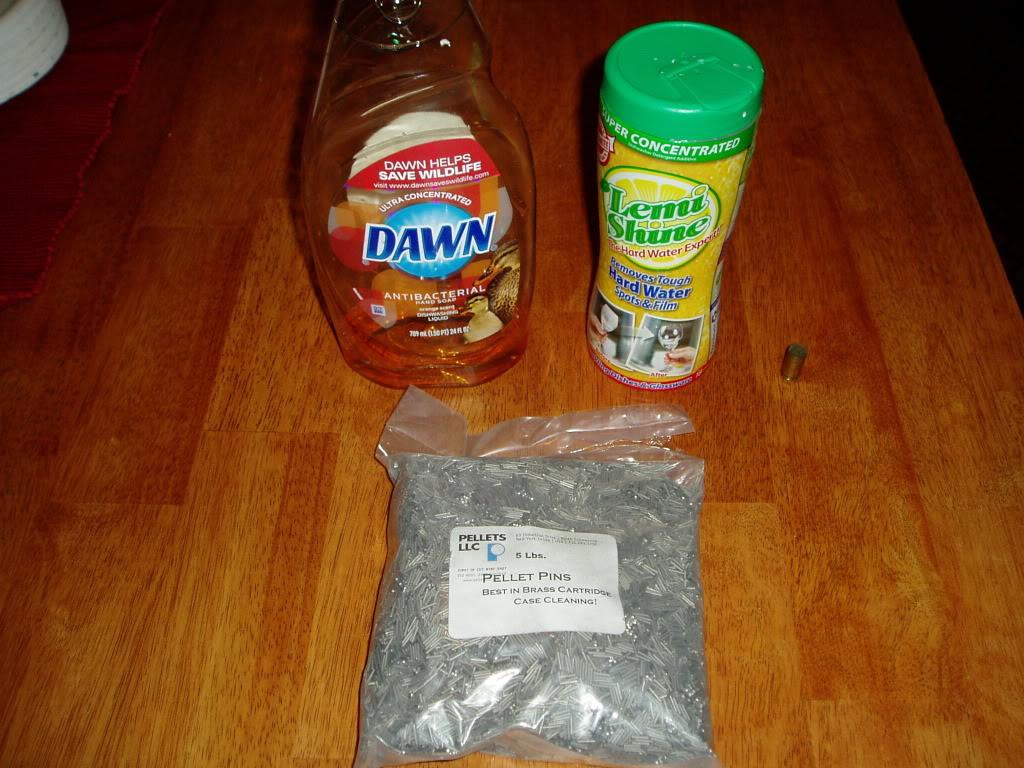
If you have a health food store nearby, granulated Citric Acid is essentially the same as Lemi-Shine if you clean enough cases to warrant a 5lb. jug.

I had this 5 gal bucket of 308 cases that a bud gave me several years ago. Came off the ranges at Ft. Jackson. Because they were so dirty, I set them aside and never did anything with them. I thought these would be a good test for the SS pins.
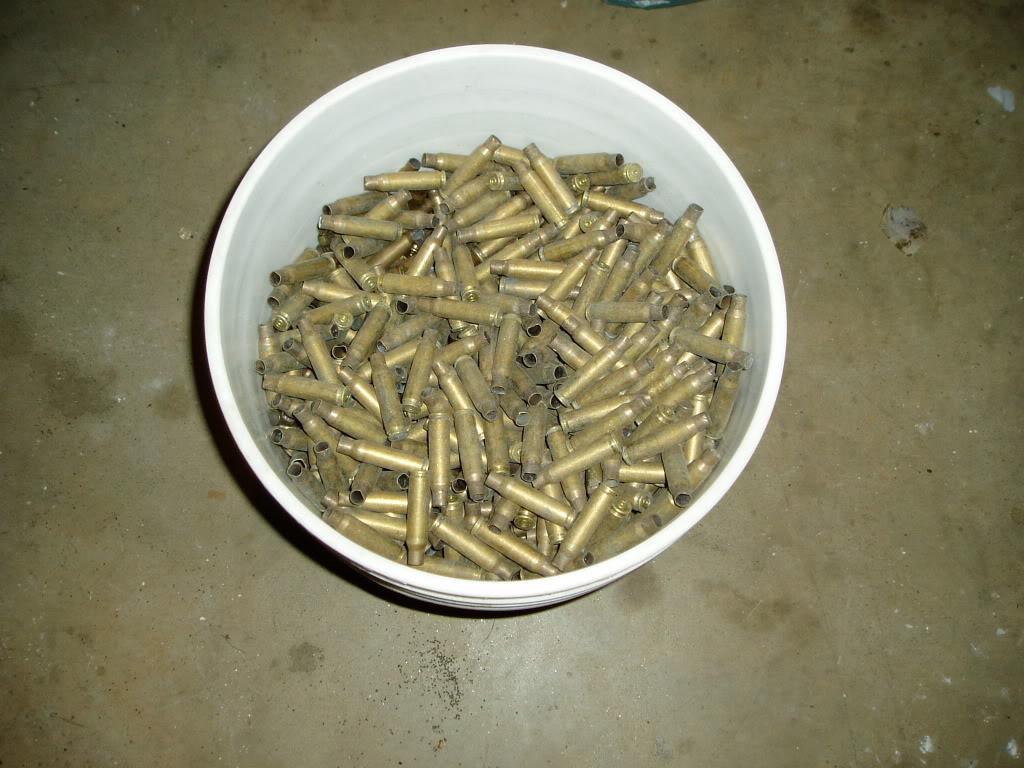
At the 1.5 hour mark, I changed out the dirty water and this is what they looked like. Some dirty ones for comparrison.
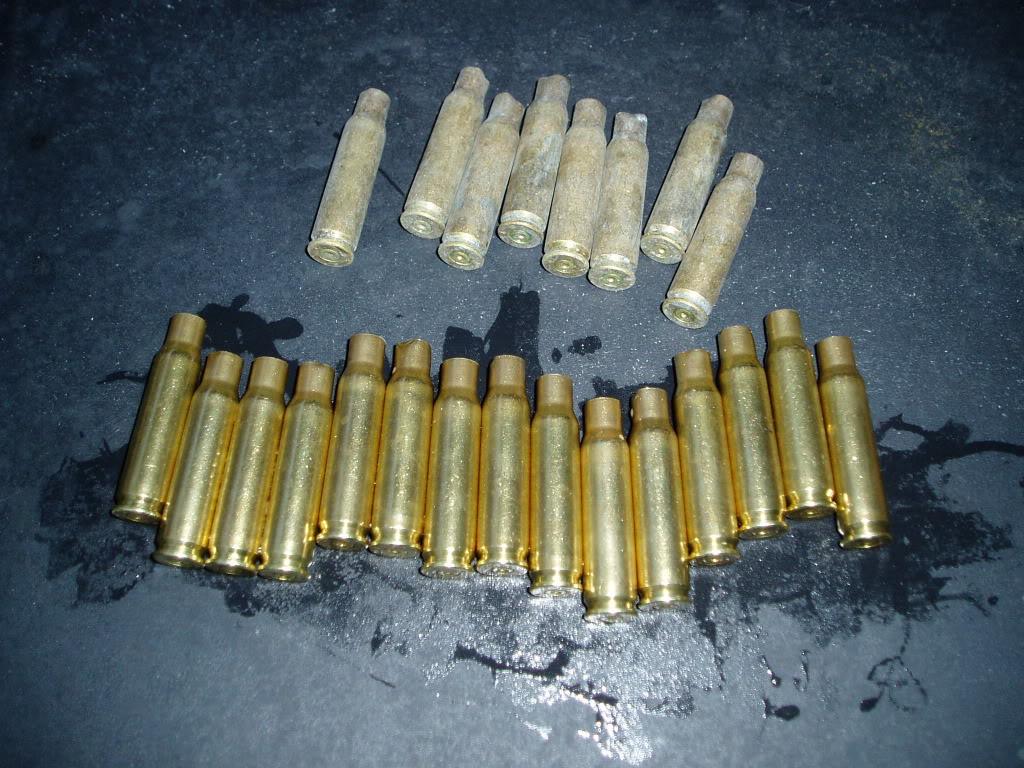
When finished.
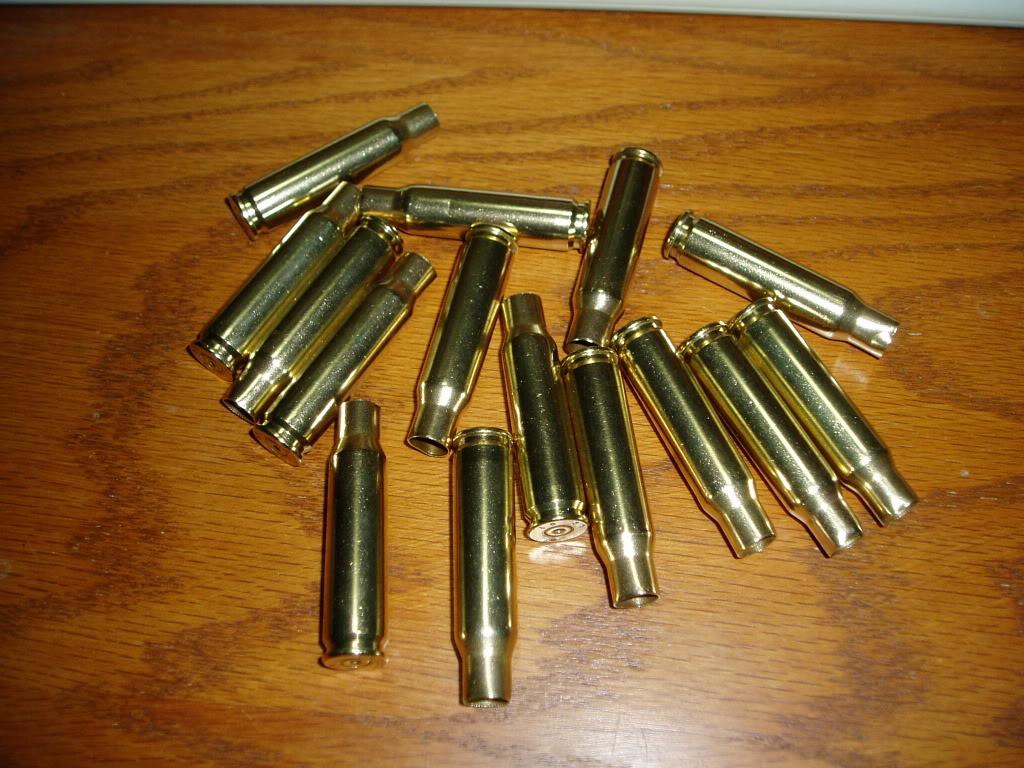
Even inside is clean.
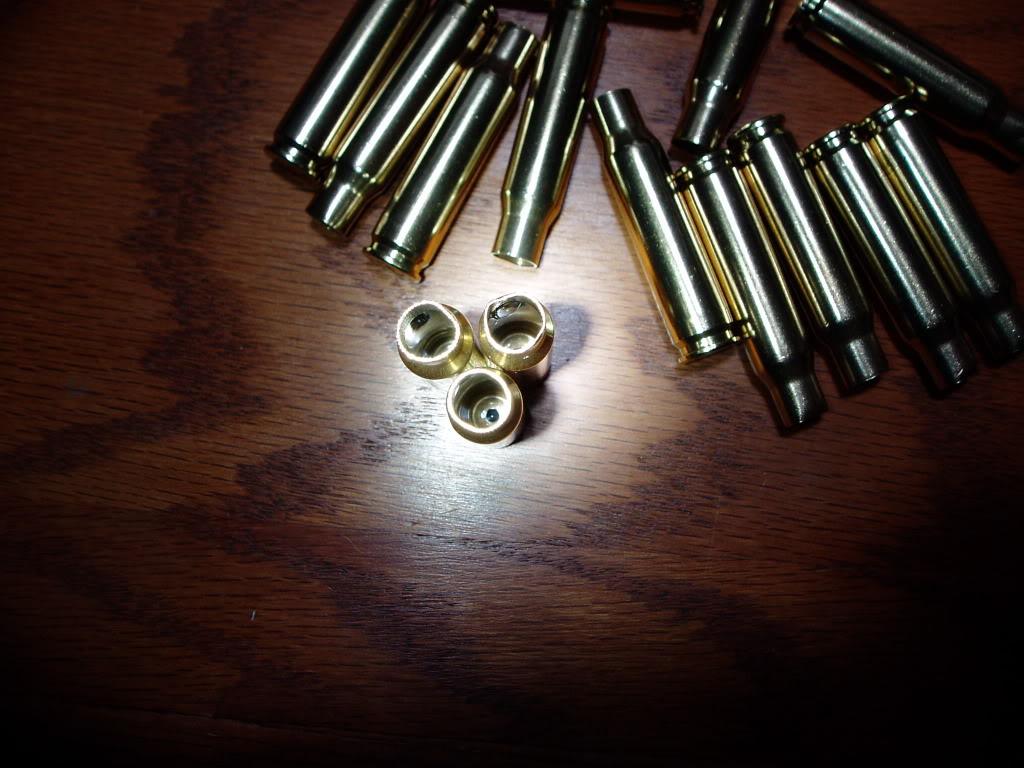
While sorting thru the 5 gal bucket weeding out blanks and crushed cases, I found these. I almost tossed them in the trash, but said, I wonder.......
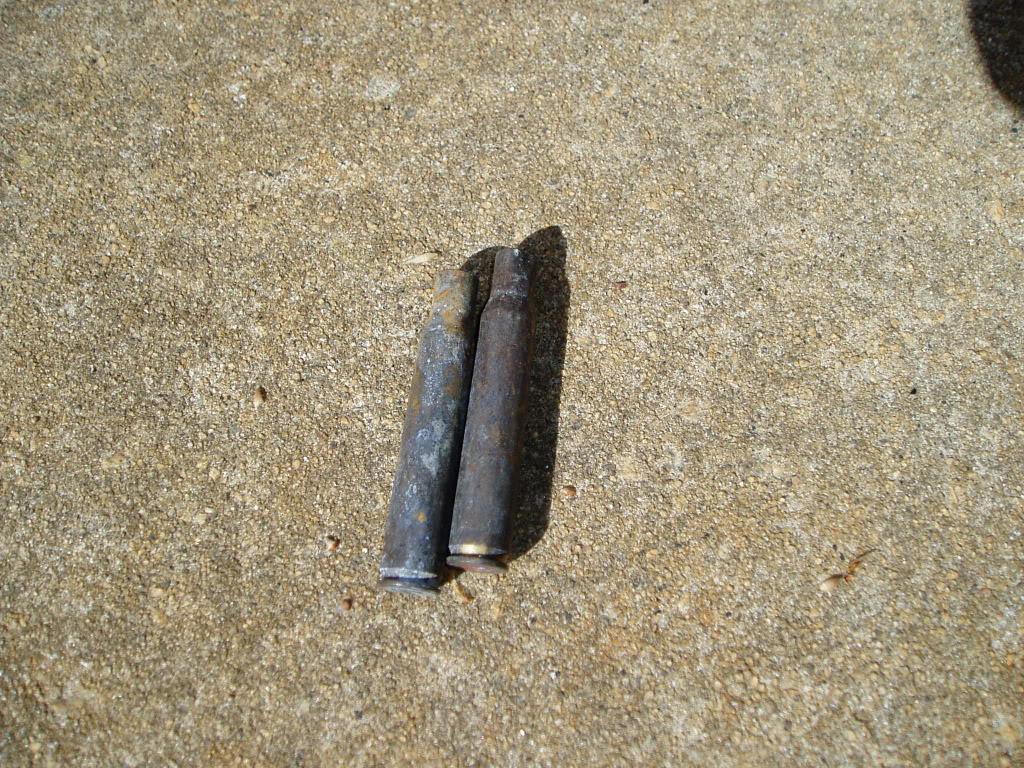
After. Not 100% clean, but another pass thru the process cleaned them up the rest of the way.
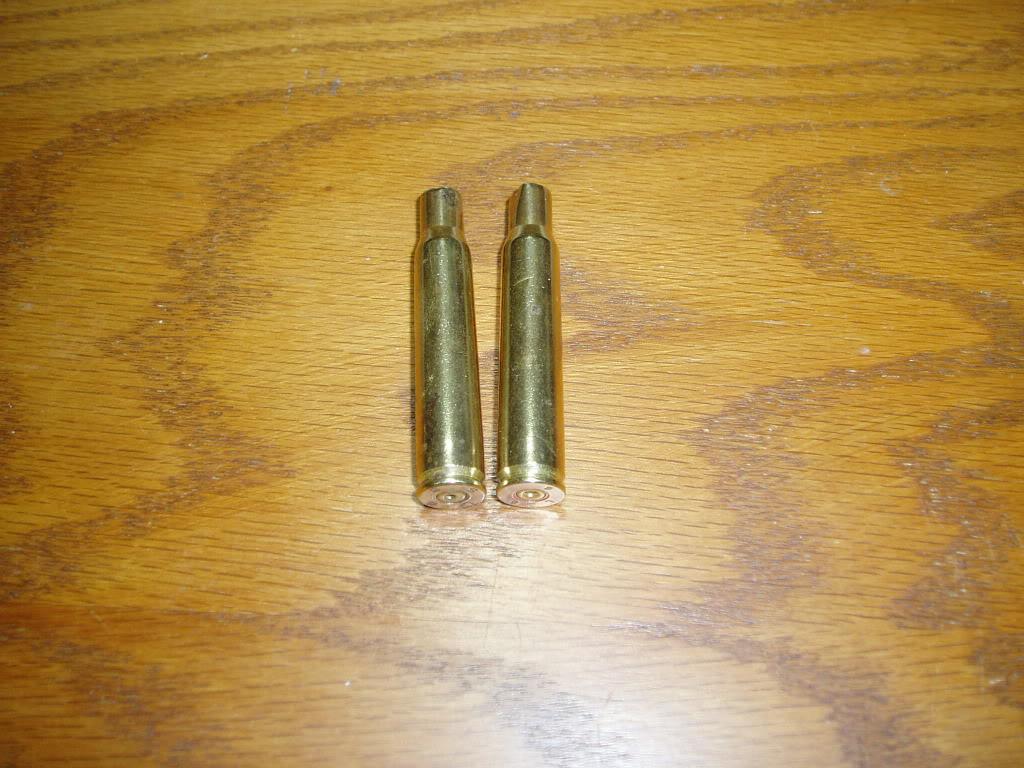
The headstamps of SL57 and LC 6 indicate St. Louis arsenal 1957, and Lake City 1946. These cases have probably been laying out on the range since the 50's-60's.
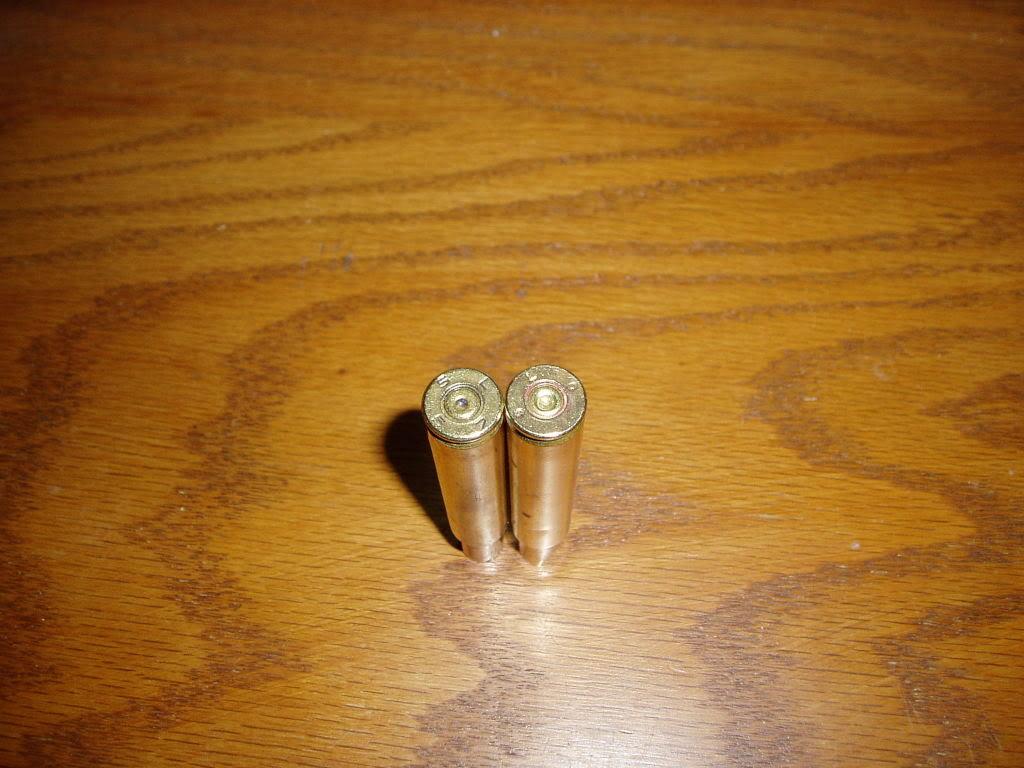
I got the Model B drum for free from a friend when the motor burned out and he decided not to fix it. The rest was built to originally use a 5 gal bucket as a drum for tumbling. That didn't pan out, so I've used it this ways for over 20 years.

Once I got the pin thing working good, I decided to make a larger drum. The motor pictured above is 1/3h.p. so turning a bigger drum was no obstacle. Got a piece of 8" PVC drain pipe and fittings. By gluing in a couple of pieces of 1" PVC angle, agitator paddles were made.
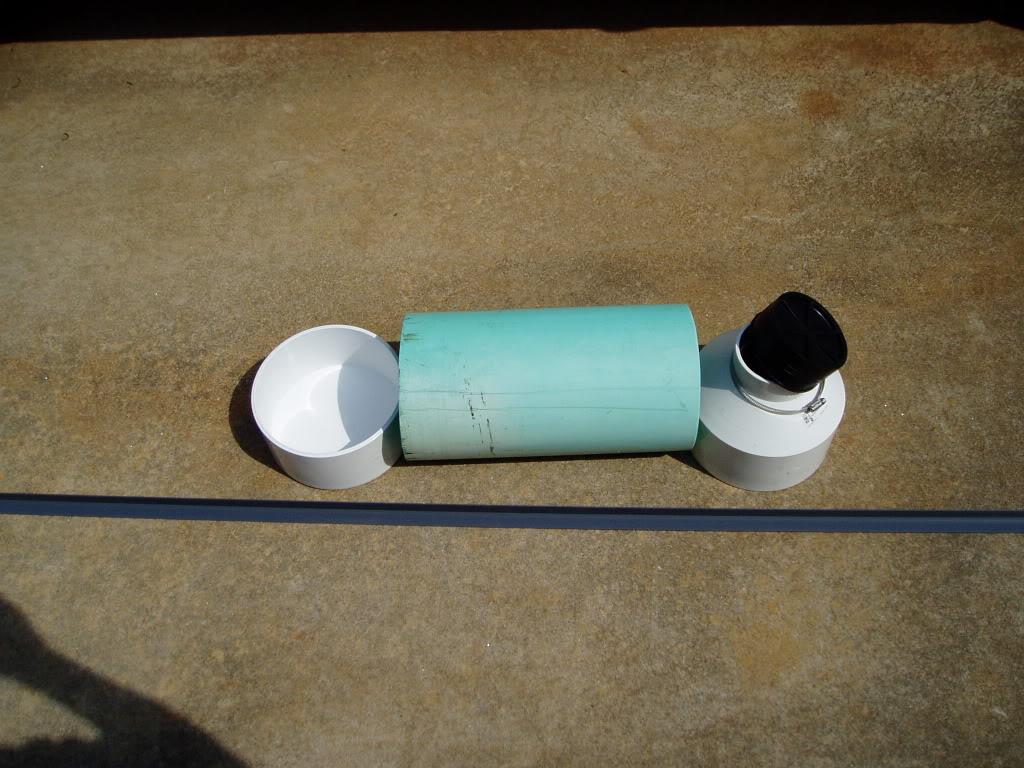
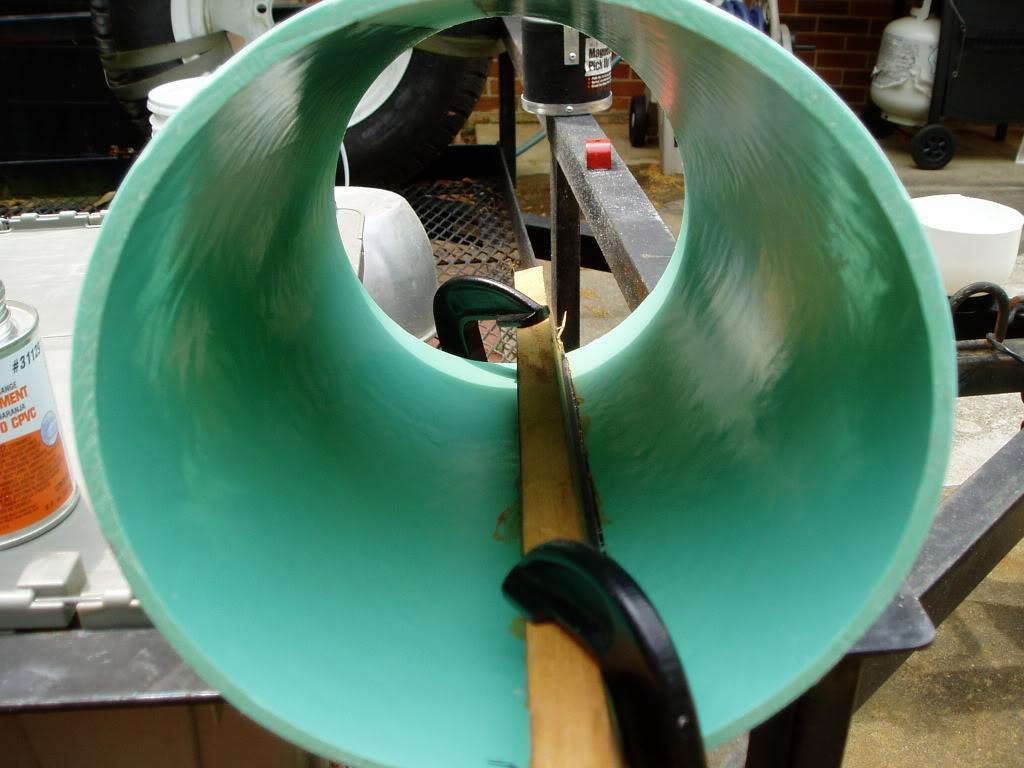
Finished drum is 3.5 gal. capacity.
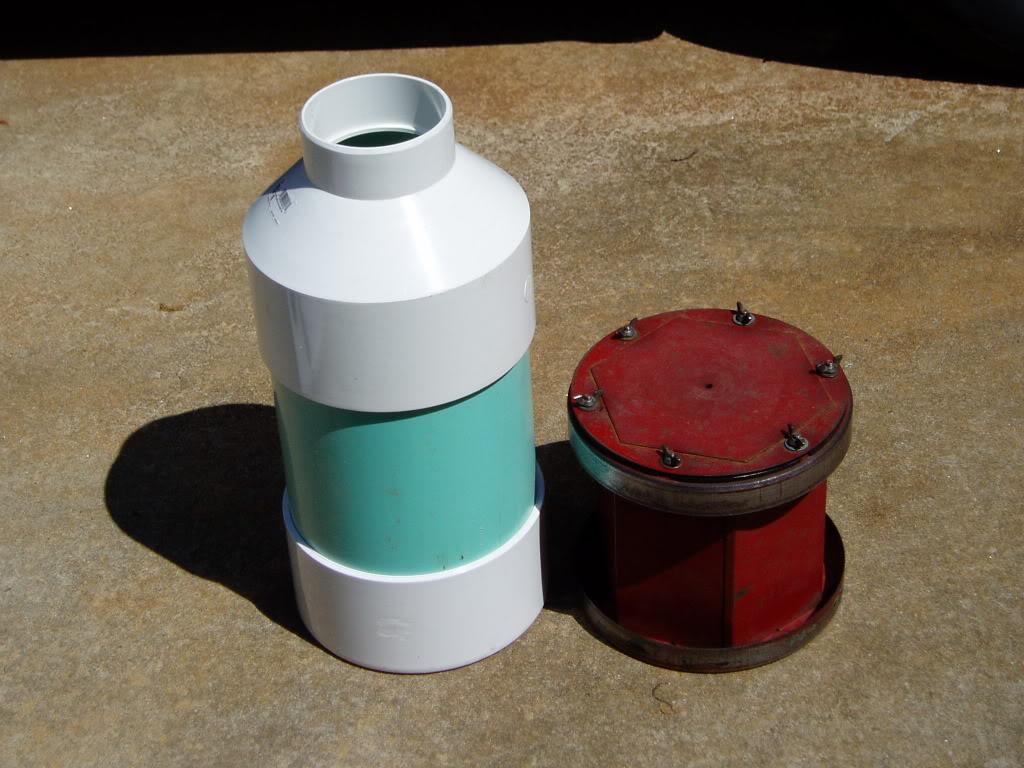
When loaded with brass and water, it weighs 70lbs. Holds 1000 308 cases.
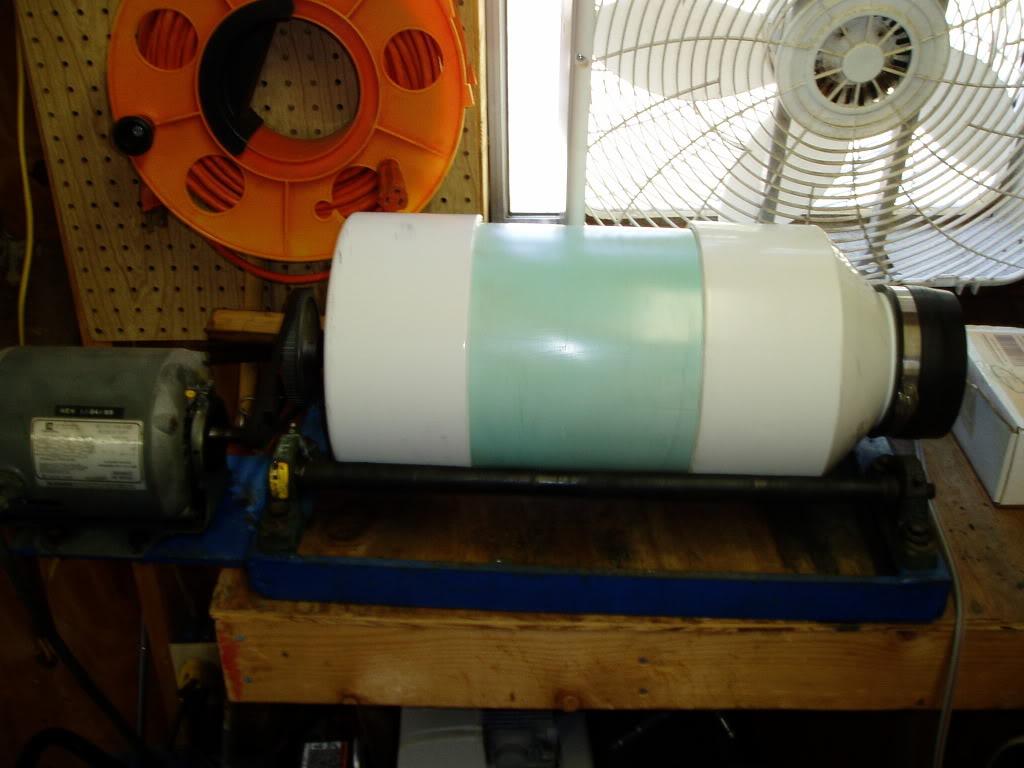
After cleaning, I pour off as much of the dirty water as possible. Then dump into a 5gal. bucket and rinse. Everyone thinks getting the pins out of the cases will be tedious. Actually, it's very simple. Dump the cases into a rotary media separator and rotate under water. The pins are carried out by the water and sink to the bottom of the tub. The pins are made magnetic during manufacture and are retrieved with an $8 release magnet.
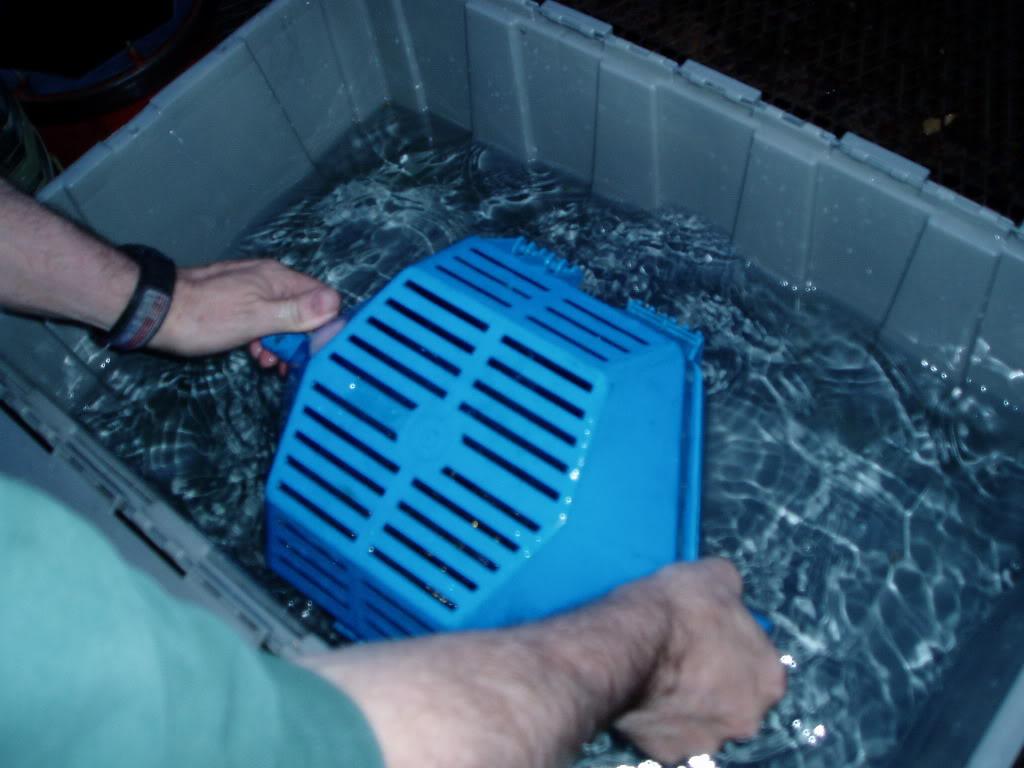
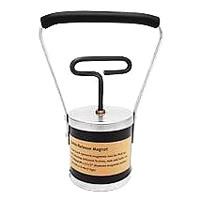
The cases can be dried in several ways from simply laying out in the sun, to the hammock method using an old towel, or if you have a outside A/C unit.......
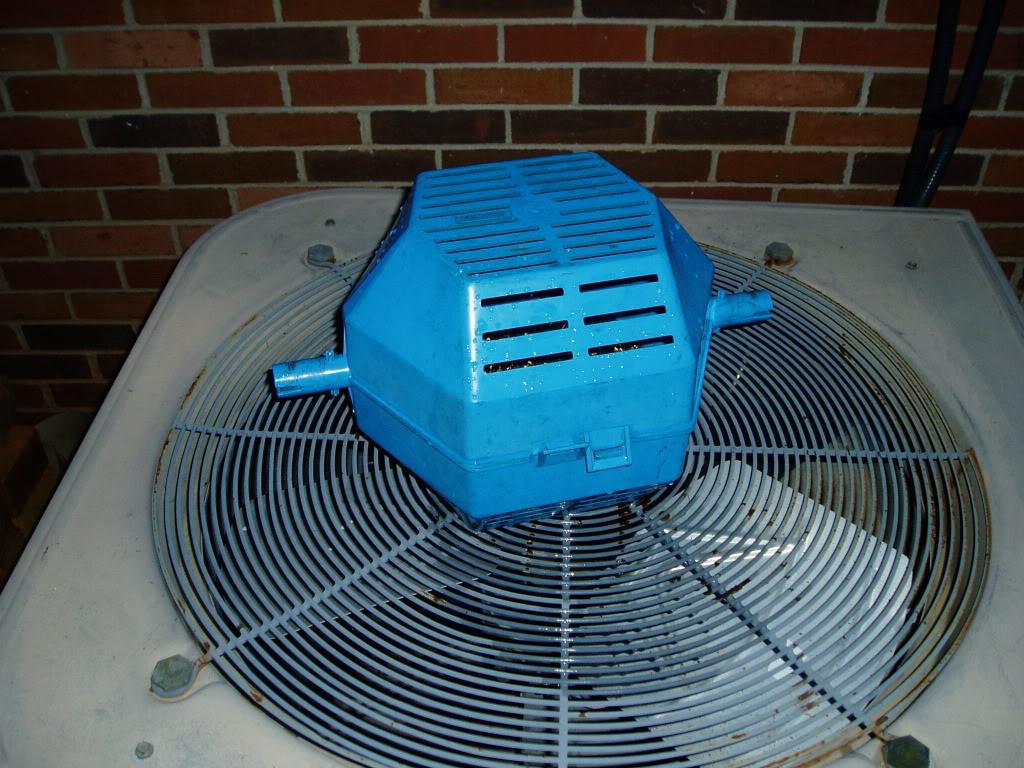
Happiness is having clean brass. Some of the brass left from my rifle team days. Finally got it all ready to load.
Some of the brass left from my rifle team days. Finally got it all ready to load.
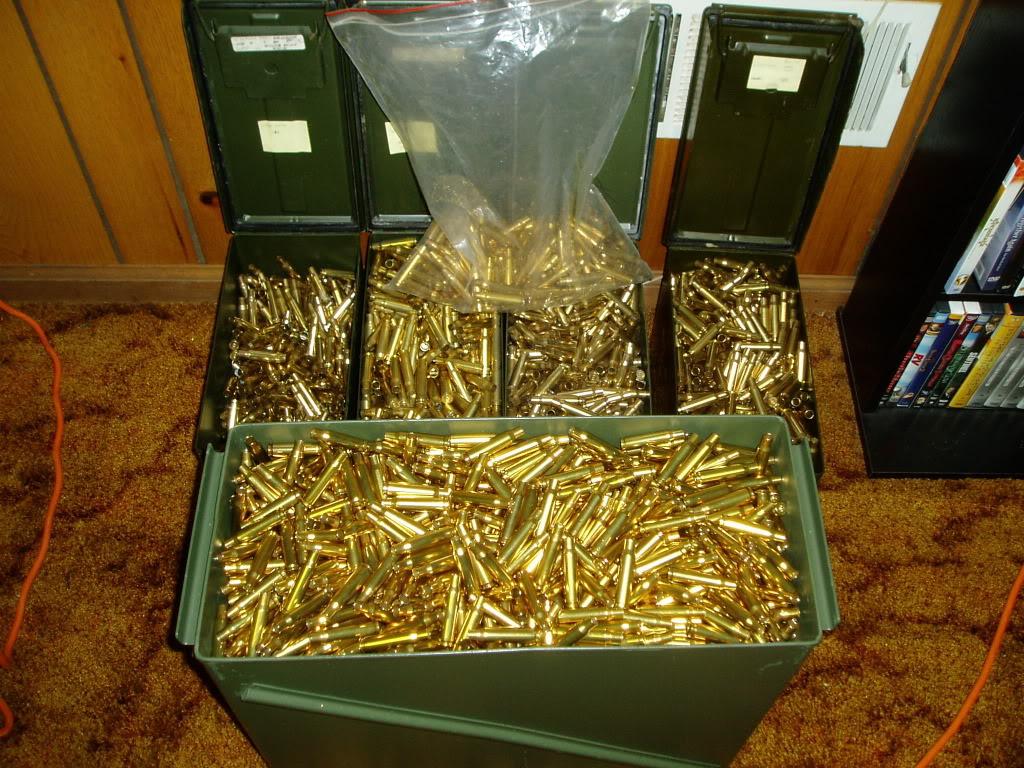
A couple of things to do for best results.
The pins are drawn wire that is cut to length. There is a manufacturing residue on the pins that needs be be cleaned off before use. Simply run the pins with the Dawn, but without brass for an hour or so.
As received the pins are a dull silver color. After 4-5 uses, they will be brightly polished and clean noticeably better. Do not be discouraged with the results at first. You could also let then run overnight to equal 4-5 batches of brass if you have a safe place outside to let the tumbler run unattended.
Where to buy:
There are at least two other sources for these pins. Both of them get them from this manufacturer. Ask for Pellet Pins for cleaning cartridge brass.
Pellet Pins 304SS .041 X .265
$35 per 5lbs. incl. USPS flat rate shipping
$65 10lbs.
Pellets LLC
63 Industrial Drive
North Tonawanda, NY 14120
P:716-693-1750
F:716-693-1880
C:716-471-5855
1-800-336-6017
Information
 |
Warning: This is a relatively older thread
This discussion is older than 360 days. Some information contained in it may no longer be current. |
|
-
The Following 4 Members Say Thank You to no4mk1t For This Useful Post:
-
09-17-2011 01:19 PM
# ADS
Friends and Sponsors

-
Contributing Member


Nice effort, not trying to put you down, but it only takes 1-2 hrs in a vibratory cleaner with correct media, citric acid adds to case breakdown, having to rinse and dry cases is time consuming, and lastly, the pummelling on the case walls is actually removing metal.
Other than that, great effort.
-
-
Legacy Member

Don't knock it til your try it sir!
Let us disspell your myths.
1. Vibratory case cleaners do work well, but I've never had a vibratory unit that could clean 1000 pieces of 308 brass in 2 hours time. If you have such a machine, I'd like to see it. Plus the inside of the case will never come clean with dry media.
2. Citric acid based cleaners have been used as far back as the 30's by Frankford Arsenal when they used to reload cartridge cases. Back then, they used lemon juice.
3. Tests have been made where a cartridge case has been weighed, and then run through 10 cycles using this method with no change in weight. If any brass was removed from the cases, you would expect to see a gold colored residue in the bottom of the drum. The fact that there is no brass in the bottom of the drum tells me that there is no material loss from the cases.
4. A vibratory cleaner will not clean primer residue out of the primer pockets.
5. Everyone cites the drying of the cases to be a major downside. The overall time spent going from dirty cases, to clean by this method is faster with my setup than with a vibratory cleaner. Plus, you don't have to replace the dry media. The SS doesn't wear out.
Bottom line. To each his own. If you are happy with your present cleaning regimen, then great. This is offered as an alternative for high volume users.
-
The Following 2 Members Say Thank You to no4mk1t For This Useful Post:
-
Advisory Panel


It's not just hi-volume but brass size that counts. A friend just asked me how to go about cleaning .50 BMG. This setup is something I was trying to tell him about. I was working more on the theory of a small cement mixer but this is something he can do. He also has to clean 300 RUM so this would also do for those fatties.
-
-
Legacy Member

The other mod on the NFA board I'm on is big into the 50 and 408 Cheytac. Here's his home made tumbler for the big cases. He was using corn cob but has now switched to SS.
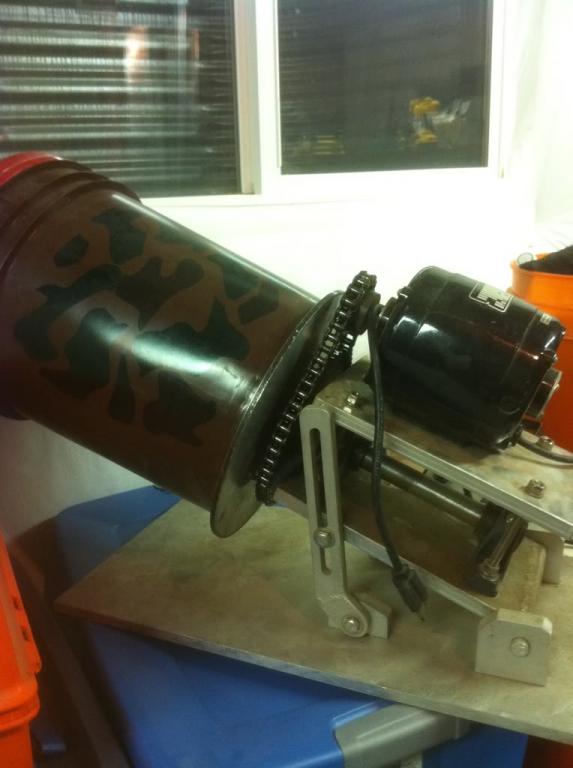
-
-
Advisory Panel


I take it that one has a plate inside the bucket bottom for security and strength. Then the whole affair is bolted to the sprocket. The only stumbling block here is whether I can get the SS pins here in Canada . This is more the original idea I had for a heavy duty tumbler. Like a small cement mixer.
. This is more the original idea I had for a heavy duty tumbler. Like a small cement mixer.
-
-
Legacy Member

I just bought a small electric motor on ebay whose seller was in Ontario. Didn't seem to be any problem crossing the border other than the shipping was more expensive than a comparable distance when both point of origin and destination are in the same country.
I would email them and ask. It's original purpose is as a blasting abrasive, so I doubt it's on the State Dept. list of restricted items. Just calculate how big your tumbler will be and figure 5lbs. of media per gallon of water. Too little media doesn't clean well.
The two fine folks there that answer the phone are Kathy, and Kevin Walters. Kathy can take care of your ordering needs. If you have technical questions, ask for Kevin.
kwalters@pelletsllc.com
Point of clarification. The pictured tumbler was what he used with corncob. I would be hesitant to fill it full of water and trust it not to break. But a metal 5 gal. bucket should work.
I have read conflicting reports on using a small cement mixer. One fellow had good luck with his, another said the cases sit on the pin bed and don't clean very well. So it's probably a matter of tinkering with it, angle, speed etc., to get it to work well.
-
Thank You to no4mk1t For This Useful Post:
-
Legacy Member

Update:
The SS pins are also good for cleaning silencer baffles. Mine are SS, but our other mod on the NFA board has cleaned his AL baffles with equal success.
Before:
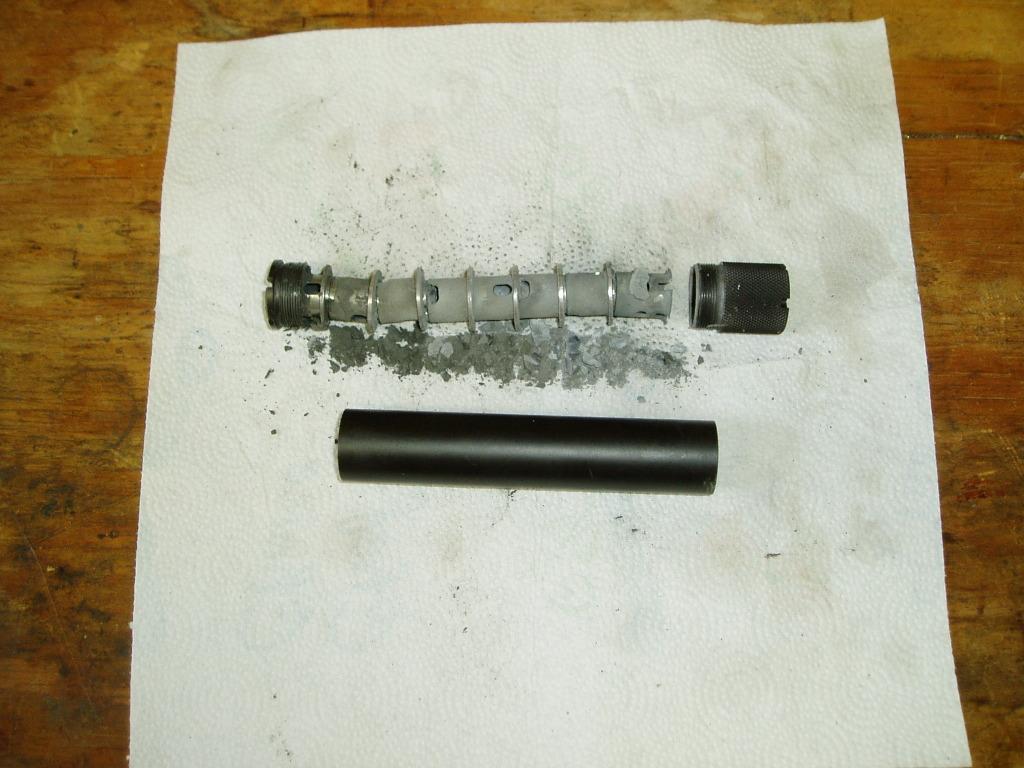
After:
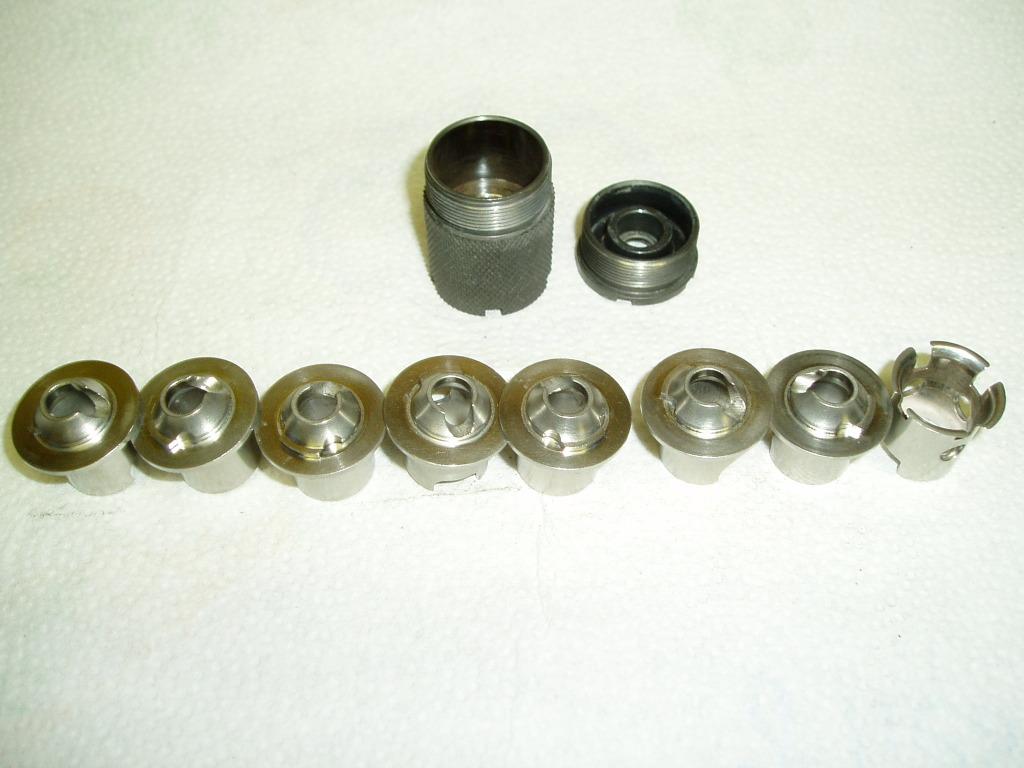
-
-
Legacy Member

Stainless Tumbling Media has on their website a media separator that is uniquely suitable to the purpose.
Unlike other separators, theirs is not cut out on the bottom and thus may be filled with water for pin separation.
After you have finished, it is a simple matter to pour off the water and then dump the pins back into the tumbler.
Mine arrived yesterday and it works great.
$29.95 and has a lifetime warranty.
http://www.stainless...tor-deluxe.html
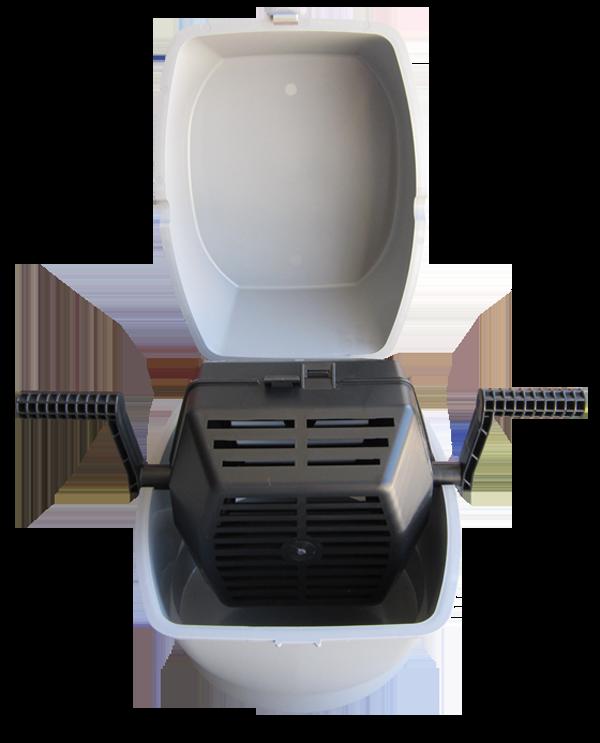
-
-
FREE MEMBER
NO Posting or PM's Allowed


Originally Posted by
no4mk1t
A Thumbler's Model B is probably the most often encountered type of rotary tumbler. They work fine, but have a weight limitation of 15lbs. that limits the amount of brass that can be tumbled at one time to 2lbs. (One gallon of water+5lbs. of SS media+2lbs. of brass.) The drum will hold much more, the limitation is the small electric motor on the Model B. This can be overcome with a homemade or commercial tumbler of greater capacity.
Are you filling the Thumler barrel full to the top?
All of the lapidary and metal finishing resources I've seen suggest best tumbling results are achieved by filling the barrel to about half it's capacity by volume.
It seems like you could significantly increase the capacity of your Model B by trading some water weight for brass weight. I tumble 500 cases (about 5lb carbine/38spl) at a time with mine and I could do, maybe, 50% more, but I don't use steel.
As I understand it, the pins are about 1/2" long. Would 1/4" pieces work better? 3" pieces? ...
Last edited by CrossedCannons; 05-08-2013 at 05:21 PM.
Some of the brass left from my rifle team days. Finally got it all ready to load.

































 PM
PM














